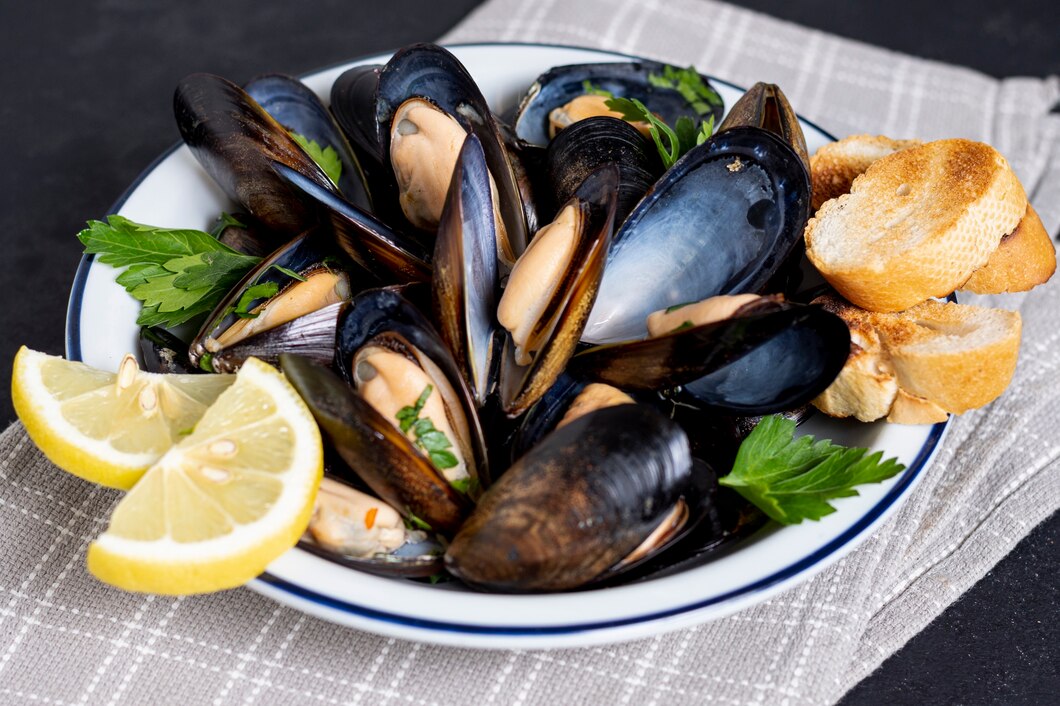Certain foods, though generally considered safe and nutritious, can pose serious health risks to specific populations. Whether due to allergies, intolerances, or pre-existing medical conditions, some individuals must be cautious about their dietary choices. This article explores 10 foods that can be poisonous or harmful to certain groups and explains why these foods should be avoided or consumed with caution.
1. Peanuts
Population at Risk: Individuals with peanut allergies
Risk: Peanuts can trigger severe allergic reactions in people with peanut allergies, leading to symptoms such as hives, swelling, difficulty breathing, and anaphylaxis, which can be life-threatening.
2. Shellfish
Population at Risk: Individuals with shellfish allergies
Risk: Shellfish, including shrimp, crab, and lobster, can cause severe allergic reactions in sensitive individuals, leading to symptoms like nausea, vomiting, difficulty breathing, and potentially anaphylaxis.
3. Dairy Products
Population at Risk: Individuals with lactose intolerance or milk allergies
Risk: People with lactose intolerance may experience digestive discomfort, including bloating, diarrhea, and gas, after consuming dairy. Those with milk allergies can suffer from more severe reactions, such as hives and anaphylaxis.
4. Gluten-Containing Foods
Population at Risk: Individuals with celiac disease or gluten sensitivity
Risk: For those with celiac disease, consuming gluten can damage the small intestine, leading to symptoms like abdominal pain, diarrhea, and malnutrition. Gluten sensitivity can also cause digestive discomfort and fatigue.
5. Soy Products
Population at Risk: Individuals with soy allergies
Risk: Soy allergies can cause symptoms ranging from mild (such as hives) to severe (such as anaphylaxis), and people with this allergy should avoid soy-based foods like tofu, soy milk, and soy sauce.
6. Tree Nuts
Population at Risk: Individuals with tree nut allergies
Risk: Tree nuts, including almonds, walnuts, and cashews, can cause severe allergic reactions in those with tree nut allergies, potentially leading to anaphylaxis.
7. Eggs
Population at Risk: Individuals with egg allergies
Risk: Egg allergies can lead to symptoms like skin rashes, respiratory issues, and digestive problems. Severe cases may result in anaphylaxis.
8. Fish
Population at Risk: Individuals with fish allergies
Risk: Fish allergies can cause severe reactions, including anaphylaxis, and should be avoided by those who are allergic.
9. Citrus Fruits
Population at Risk: Individuals with citrus allergies or acid reflux
Risk: Citrus allergies are rare but can cause symptoms like itching and swelling. People with acid reflux may experience worsened symptoms after consuming citrus fruits due to their acidity.
10. Nightshade Vegetables
Population at Risk: Individuals with autoimmune diseases or nightshade sensitivities
Risk: Nightshades, such as tomatoes, potatoes, and eggplants, contain compounds that can trigger inflammation in sensitive individuals, potentially exacerbating autoimmune conditions like rheumatoid arthritis.
While these foods are safe and healthy for most people, they can be harmful or even poisonous to specific populations due to allergies, intolerances, or medical conditions. It is essential for individuals with known sensitivities or conditions to read food labels carefully, communicate dietary needs to food preparers, and consult with healthcare professionals for personalized dietary guidance. By being aware of these potential risks, individuals can make informed food choices and avoid adverse health reactions.








